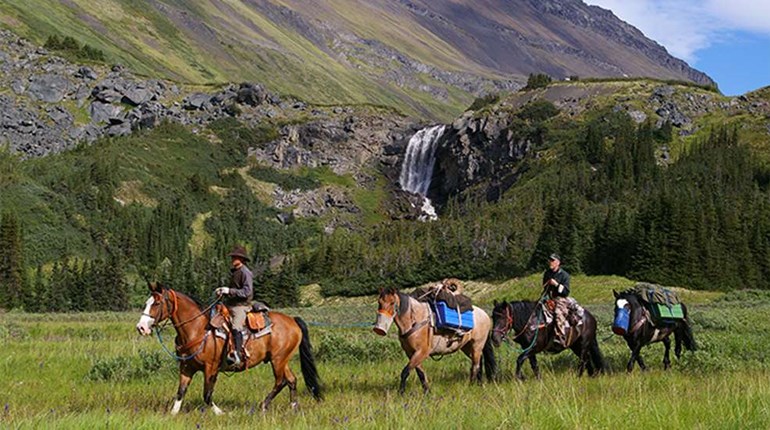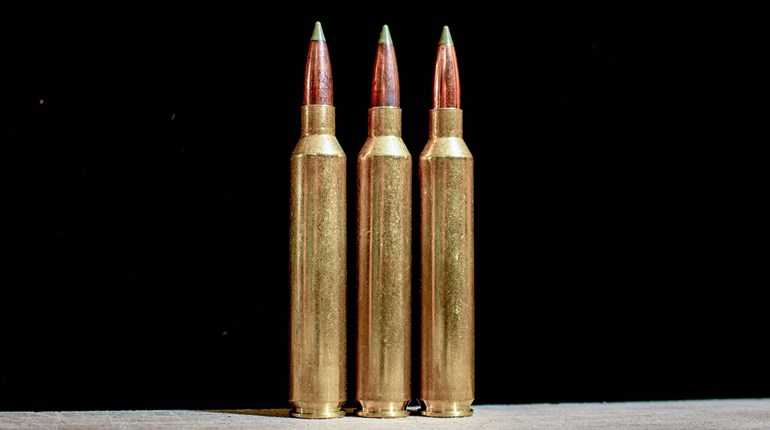
Twenty-five years or so have passed since I handled a Kimber handgun for the first time. That gun was a standard 1911 in .45 ACP my friend, Sheriff Jim Wilson, was packing around. Jim had been using Kimber .45s for a while at that point and was highly impressed with them. Not long after that, I got my hands on my own Kimber .45 and have been a fan of the company’s products ever since. I have handled many Kimber firearms since that first time and have been very impressed with each and every one of them.
When I first learned that Kimber intended to produce a revolver under their reputable name, I was, needless to say, excited. The prospect of a wheelgun chambered in .357 Magnum bearing the Kimber name was indeed something to look forward to. Shooting Illustrated first reviewed the snubnose revolver first introduced in January 2016, and the company followed up with new models not long after. One of the company's latest is the 3-inch barreled K6s, offering a slightly longer barrel length than the company's original K6s.
While I’m clearly more than a fan of the 1911, I’ve always been fond of revolvers. I basically cut my teeth on a Chief’s Special .38. It was long before I entered the first grade in school that my old man had me shooting that snubnose revolver. Ever since that first time, I was hooked. I carried a revolver of one kind or another for many years, hunting and plinking in various regions of the southwest, and carried a .357 Mag. revolver as a New Mexico State Police officer.
Companies like Smith & Wesson, Colt and others have been quite famous for the production of fine revolvers for more than a century. This being the case, Kimber had a number of tough acts to follow in the production of a good revolver. The company’s K6s is following those tough acts in a stellar way. Weighing 23 ounces, this particular 3-inch Kimber K6s is an all-steel, hammerless semi-snubnose that will definitely fill the bill for any shooter looking for a more compact magnum revolver.

Close examination of the Kimber K6s reveals that it’s not your typical revolver when it comes to size and shape. Kimber broke from the revolver norm in contouring the gun’s barrel, cylinder and hammer shroud. The three-inch barrel heavily integrates the ejector rod housing on the bottom, along with a flat ramp on the top side. The housing and top ramp are smoothly contoured. The bottom of the barrel is cut back and polished just under the muzzle leaving no sharp edges of any kind.
The cylinder is quite uniquely made, as well. It accommodates six rounds in a small package – no small feat when it comes to handling the .357 Mag. cartridge. The cylinder isn’t cut for what we know as standard flutes. Rather, the cylinder is planed forward of the cylinder notches, resulting in smooth, flat cuts instead of the deep, contoured flutes with which most shooters are familiar. This technique results in a smooth, snag-free cylinder. The chambers are recessed, and the relatively small recoil shield provides the shooter with the ability to observe enough of the chamber to see loaded casings.
The revolver’s large trigger guard easily accommodates the trigger finger while leaving a smooth surface on the backside. The trigger system itself is a match-grade setup. The double-action pull proved to be very smooth, but a little on the heavy side, weighing in at just over 10 pounds on an RCBS trigger-pull scale. The trigger works in steps—that is, the trigger cycles the cylinder into firing position, then continued squeeze touches the round off. Once the shooter gets used to this system, it’s very effective.
The K6s’ hammer is internal and sheltered by the upper rear portion of the revolver’s frame. This shroud angles into the grip frame (the entire frame is one piece) and is beveled on the outside edges. The outside of the backstrap is smoothly serrated. The grips on my test revolver were in handsome-looking smooth walnut, contoured and rounded with no sharp edges. These particular grips fit my hand well, and I had no trouble getting a quick and easy acquisition of the revolver.

The cylinder latch is a checkered button that is pushed straight into the frame. The latch works quite smoothly and is easily accessible. The ejector rod isn’t full length, due to the short barrel. Therefore, the shooter has to learn to rap the end of the rod to snap the empties out of the cylinder. This isn’t a problem once the shooter gets used to the idea.
The 3-inch K6s revolver I received for testing was fitted with non-adjustable, three-dot sights. The front sight is pinned and the rear sight fits into a dovetail which is nicely machined into the frame just above the hammer shroud. I have an aversion to the three white dot sight system, though many shooters tend to like them. The Kimber revolvers are available with other sight options including fiber optic and tritium. My preference would be a tritium front sight and plain black rear. I did like the size and aperture of the rear sight and found sight alignment to be a cinch. The sights are steel with a black-oxide finish.
Firing the K6s was, for the most part, pleasurable. To familiarize myself with the feel of the revolver and its trigger pull, I started plinking with Remington 125-grain semi-jacketed hollow point +P ammunition. The recoil was relatively mild, and the revolver was easy to control. I was pleased with the offhand accuracy of the gun, easily hitting targets at distances 20 to 30 yards out.
Switching to the hotter stuff, I dug up a batch of Black Hills Ammunition’s 125-grain jacketed hollow point load. The difference in recoil proved to be significant. The K6s is definitely a handful with full-house .357 Mag. loads. I fired from a 25-yard sandbag rest and the best group printed was a hair over three inches. This revolver isn’t easy to shoot from the bench with hot loads. I chronographed the Black Hills magnums with a PACT chronograph, and the 3-inch barrel produced muzzle velocities averaging 1,356 fps. I then fired some mild Winchester 130-grain FMJ ammo at 25 yards. The results were very impressive—a 1.25-inch group with two shots almost in the same hole. This load chronographed at 842 fps.
A number of holster makers are offering various carry rigs for the Kimber K6s, including DeSantis, Galco and others. Custom makers such as Barranti Leather, Big Bend Saddlery and El Paso Saddlery would also make great choices. The edges of the K6s are so smooth, I wouldn’t hesitate to carry it in my waistband, one of my favorite carry positions. Those preferring an ankle holster would not be disappointed.
Kimber is offering its revolver in several configurations now, with 2- and 3-inch barrels available. Several finishes, sight configurations and grip setups are offered. The K6s revolver starts at $899.00 and goes up. This might seem a little steep to some, but the quality, reliability and accuracy of this revolver justifies the price, in my estimation.
The Kimber K6s is an excellent choice for anyone looking for a compact, hard-hitting revolver. Whether used as a concealed-carry gun, trail gun or home protection firearm, this revolver is up to snuff.






































